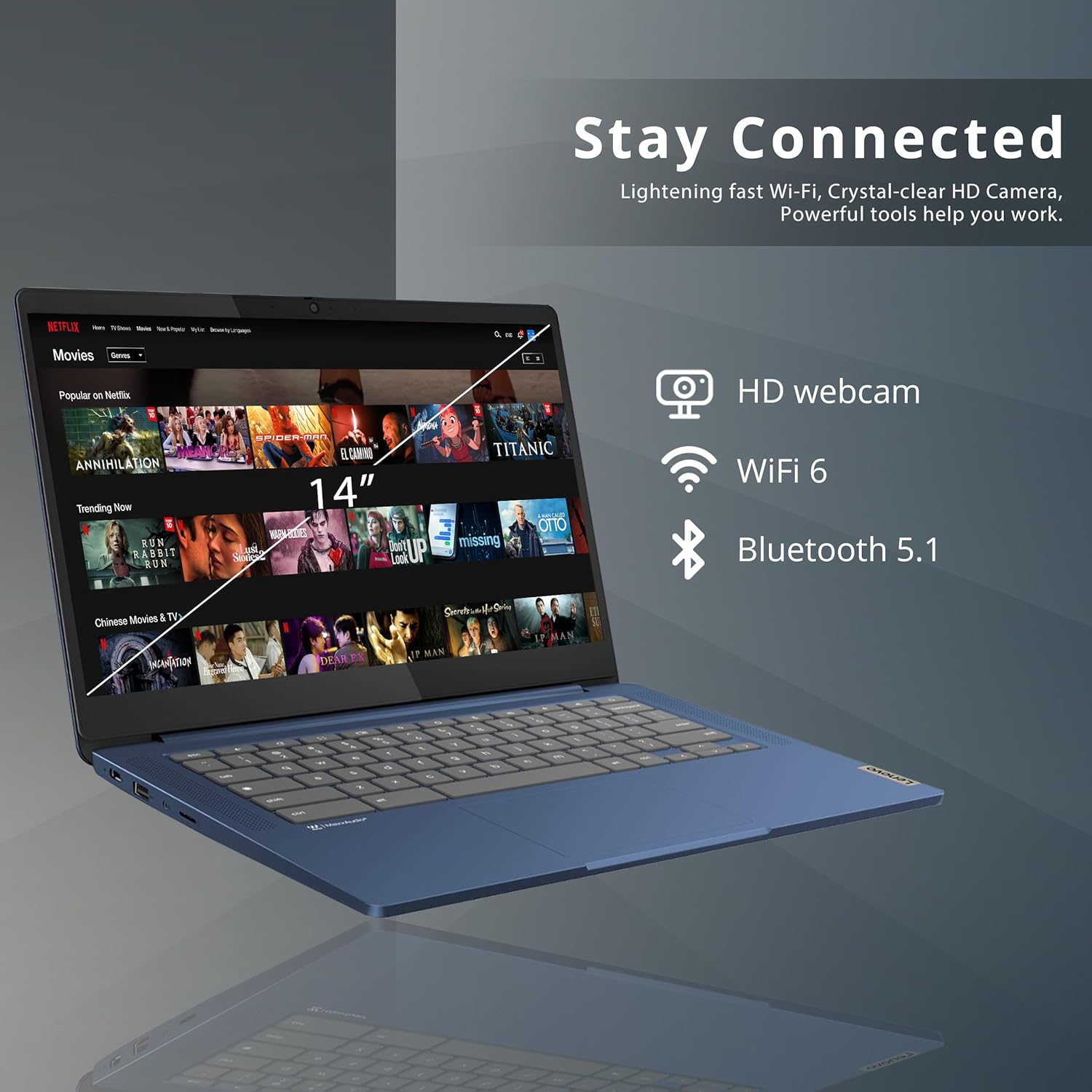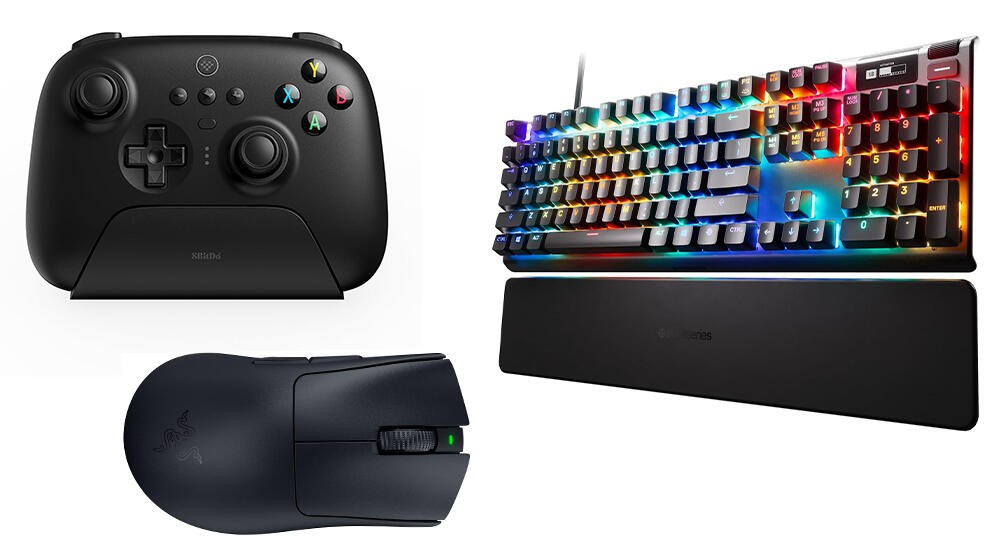The Primary Obstacle to Tim Cook’s Devotion to Apple’s Dominance in AI
can still emerge as a significant contender in the AI arena. Last August, Cook informed company staff that Apple does not take pride in being the first to enter a market but instead focuses on being the best. As a result, Cook expressed that Apple still has the capability to influence consumer-oriented AI in the future.
Additionally, Cook stated that Apple is entirely ready to “make the investment to do it.” It’s only reasonable for Cook to seek to inspire the team, but an ongoing concern for Cook’s assurance of AI leadership is the straightforward reality that numerous Apple engineers and researchers are resigning to join OpenAI. Clearly, if Apple genuinely aims to make an impact in the AI domain, it will need to take significant measures to stop its most skilled employees from leaving.




